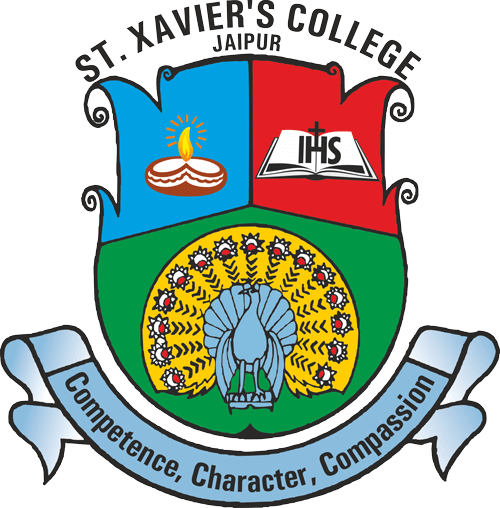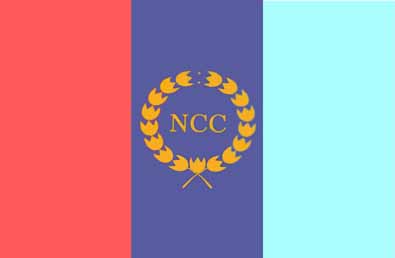


Affiliated to the University of Rajasthan Approved under Section 2(f) and 12(B) of UGC Act, 1956
A Christian Minority Educational Institution under Section 2(g) of NCMEI Act, 2004

The NCC (Naval Wing) was started by the College in July 2023 under 3 Raj Naval NCC Unit, Jaipur. The maximum authorized vacancy in Naval NCC Unit is 80. This opportunity is available for both i.e. boy and girl students admitted in 1st year of under-graduate regular programs (Minimum 03 year duration) only. The selections of cadets are strictly supervised by the NCC Unit/Battalion. Cadets in NCC are taught and trained about Indian Defence Services (Naval). The technical, administration and social approaches are touched during the 3 years course. Every year cadets are required to undergo Annual Training Camp and several activities organised by the unit.
Cadets are also required to participate in several university activities as ordered by NCC In charge, and CTO’s. The cadets are taught and trained in order to clear B and C certificate exams conducted by NCC Headquarters.
A cadet having a “C” certificate gets advantages at various level in admission and/or recruitment in different states of India. As a mandate of NEP-2020, NCC has now become a part of college curriculum and is offered as a subject under the category of Value Added Courses (theory and practical) to enrolled cadets only.
The ‘Aims’ of the NCC laid out in 1988 have stood the test of time and continue to meet the requirements expected of it in the current socio–economic scenario of the country. The NCC aims at developing character, comradeship, discipline, a secular outlook, the spirit of adventure and ideals of selfless service amongst young citizens. Further, it aims at creating a pool of organized, trained and motivated youth with leadership qualities in all walks of life, who will serve the nation regardless of which career they choose. Needless to say, NCC also provides an environment conducive to motivating young Indians to join the armed forces.
The motto of NCC is “Unity and Discipline” which was adopted on 23 December 1957. In living up to its motto, NCC strives to be and is one of the greatest cohesive forces of the nation, bringing together youth hailing from different parts of the country and moulding them into united, secular and disciplined citizens of the nation.
Empower volunteering youth to become potential leaders and responsible citizens of the country.
To develop leadership qualities and mould a sound character with discipline, and nurture social integration and cohesion through multi-faceted programs conducted in a military environment.

NCC is a responsive, learning and continuously evolving organization. Its activity is guided by certain Core Values that we endeavour to instill among all ranks of NCC. These include the following:
We the cadets of the national cadet corps, do solemnly pledge that we shall always uphold the unity of India. We resolve to be disciplined and become responsible citizens of our nation. We shall undertake positive community service in the spirit of selflessness and concern for our fellow beings.

The NCC flag for various units of the NCC was first introduced in 1951. The flag was of same pattern, color and size as was used by the various regiments of the Army. The only difference was that it had the NCC badge and unit designation placed in the center. Later on, it was felt that the flag should be in keeping with the inter-service character of the Corps. In 1954 the existing tricolor flag was introduced. The three colours in the flag depict the three services of the Corps, red for the Army, deep blue for the Navy and light blue for the Air Force. The letters NCC and the NCC crest in gold in the middle of the flag encircled by a wreath of lotus, give the flag a colorful look and a distinct identity.